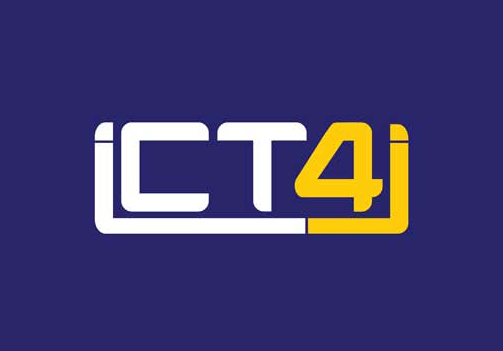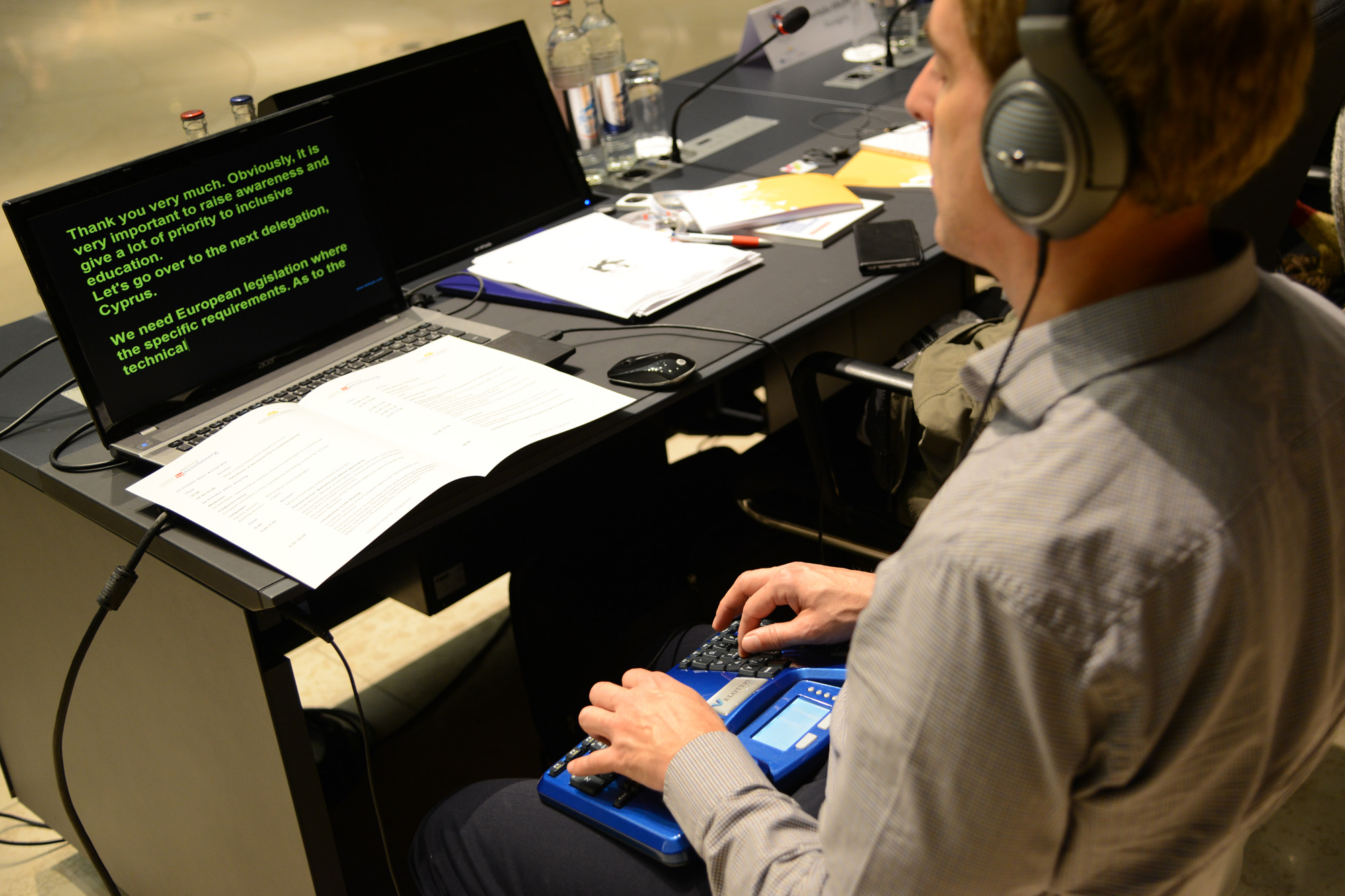In 2010, the UNESCO Institute for Information Technologies in Education (UNESCO IITE) and the Agency agreed to collaborate on a joint project to develop a Review of Innovative Practice. This report presents concrete examples of practice of the use of information and communication technology (ICT) with people with disabilities in different educational contexts and settings. In particular, the Review targeted examples of practice that can be considered ‘innovative’ within their specific educational setting and wider societal context.
This Review therefore aims to use the collected examples to:
- highlight a range of different purposes for using ICT in education for people with disabilities;
- identify possible key messages for policy and practice in this area.
The examples of practice cover different parameters of ICT application:
- Countries and geographical regions in order to show that ICT can be applied effectively in very different economic and ICT infrastructure situations
- Sectors of education: school, vocational, higher and even adult education;
- Types of ICT equipment and their application in educational settings, from simple multimedia tools (such as CDs or DVDs) to the development of new research-based software or applications.
The Review describes the work undertaken, followed by a review of information on international policy for ICT and people with disabilities. Each of the Review's four thematic areas is discussed in a separate chapter presenting three detailed case studies as well as various vignettes as further exemplars of key issues emerging within the thematic area:
- Supporting personal access to information and knowledge – case studies from Estonia, Finland and Grenada and vignettes from Belgium, Estonia, Germany, Spain, UK (England) and Uruguay.
- Supporting learning and teaching situations – case studies from Belgium, Portugal and Syria and vignettes from Belarus, Belgium, Denmark, Estonia, Slovenia and Sweden.
- Supporting personal communication and interaction – case studies from France, Ireland, UK (England), vignettes from Belarus, Belgium, Finland and Portugal and an international example.
- Supporting access to educational administrative procedures – case studies from Belarus, Moldova and an international example, as well as vignettes from Austria, Belgium, Estonia and Ireland.
In addition to presenting a detailed series of key messages and recommendations, the Review includes a glossary of key terms and the contact details of all the contributors of case study and example vignettes.
The Practice Review can be downloaded below as an accessible PDF file (in English only).
An Executive Summary of the Review's main findings is also available.
The surveys used for collecting the information on case study and vignette examples used in the Review are also available to download.

